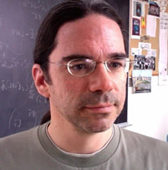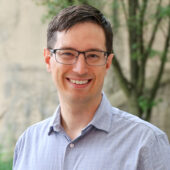Galaxy Formation, Intergalactic Medium, Active Galactic Nuclei, Galaxy-Black Hole Coevolution, Galaxy Clusters, Early Universe, Dark Matter
Image Credit: X-ray: NASA/CXC/MSSL/R.Soria et al, Optical: AURA/Gemini OBs
The most obvious large structures in the Universe are the galaxies, which over the span of cosmic time have been the nexus for both the evolution of stars and large-scale structure in the Universe. CIERA researchers are engaged in understanding both the evolution of the galaxies and the environments they are embedded in, as well as the stellar populations they are comprised of and the supermassive black holes they host.
Research at CIERA
CIERA researchers work on understanding the origins of structure in the Universe. Professor Faucher-Giguère’s group develops sophisticated cosmological hydrodynamic simulations of galaxy formation. The simulations are used to answer a wide variety of science questions, including how star formation is regulated in galaxies, how galaxies interact with the circum-galactic medium and the intergalactic medium, and how galaxies and their black holes co-evolve.
Opportunities
Deadline: 11:59pm, January 30, 2026
Our Research Experiences for Undergraduates (REU) program provides students with the opportunity to pursue an astrophysics-based interdisciplinary research project in collaboration with Northwestern University faculty in: Astronomy Applied Math Chemistry Earth and Planetary Science (EPS) Electrical Engineering and Computer Science (CS) and/or Physics. The program includes computer programming and science communication workshops, research talks, educational
Deadline: 11:59pm, December 31, 2026
CIERA supports a wide range of interdisciplinary projects focused on research, education, and public outreach in Astrophysics. Our faculty and postdocs work on projects that couple astronomy and astrophysics analysis with many other disciplines: computer science, applied math, planetary sciences, electrical engineering, mechanical engineering, data science, science education, and more. Many have hired/mentored undergraduate researchers
News
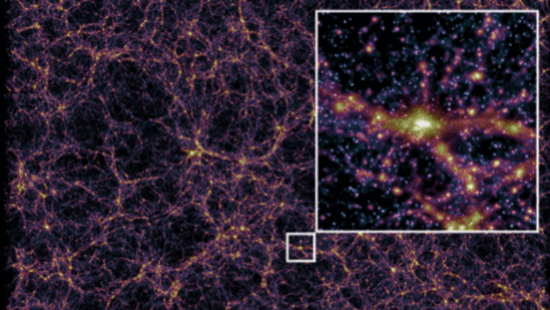

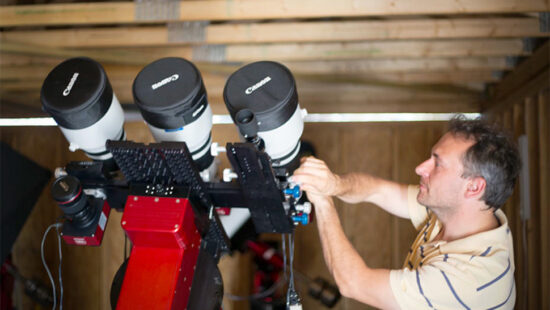
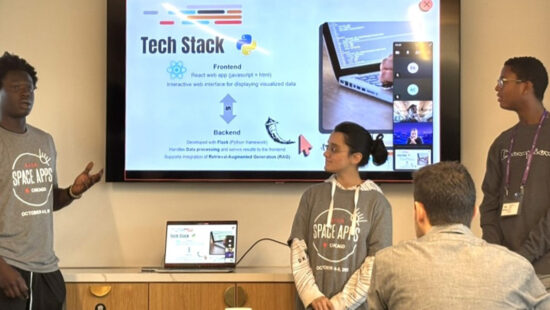
Gallery
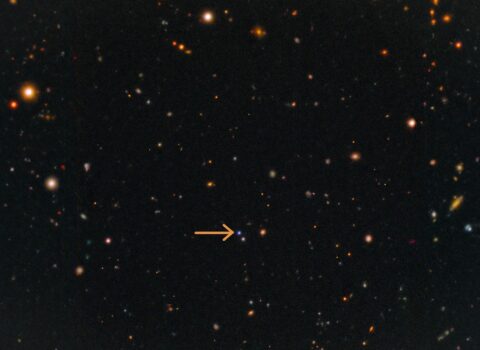
Supernova’s ‘trapped’ jet reveals source of fast X-ray transient
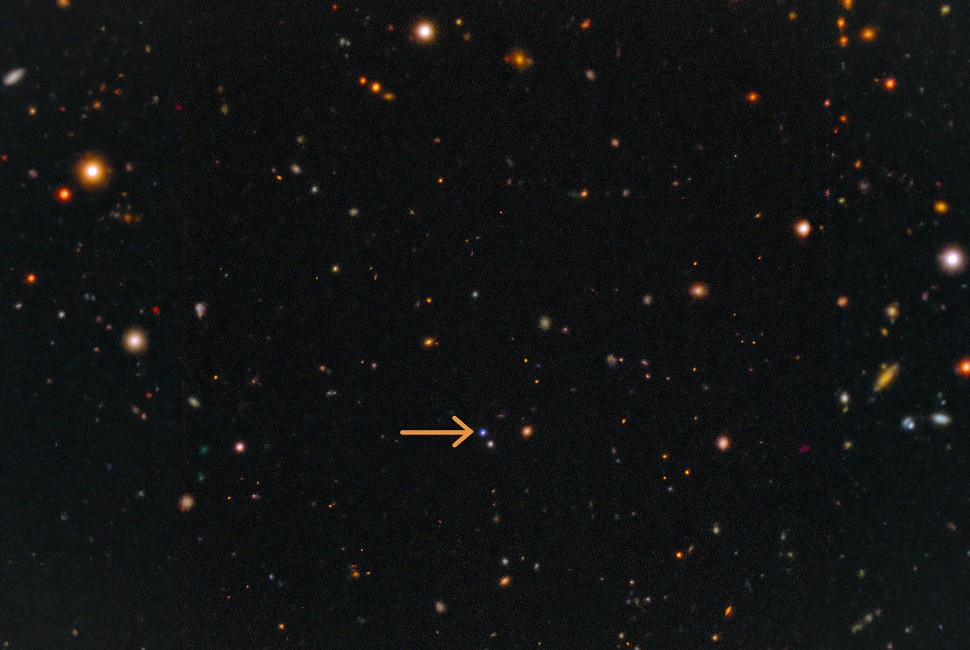
Supernova’s ‘trapped’ jet reveals source of fast X-ray transient
An international team of astrophysicists, led by Northwestern University and the University of Leicester in England, has uncovered a possible origin of fast X-ray transients (FXTs) — mysterious, fleeting bursts of X-rays that have long puzzled astronomers. Using a combination of telescopes around the globe and in space, the team studied the closest FXT associated

Tjitske Starkenburg on Rubin Observatory’s First Look

Tjitske Starkenburg on Rubin Observatory’s First Look
CIERA’s Tjitske Starkenburg, Northwestern Research Assistant Professor in the Department of Physics and Astronomy, and Assistant Director for Research Operations at SkAI Institute, shares her excitement about Rubin Observatory’s First Light Watch Party and the new science that will result.
Credit: Lisa La Vallee, Director of Marketing and Events, CIERA
- Science
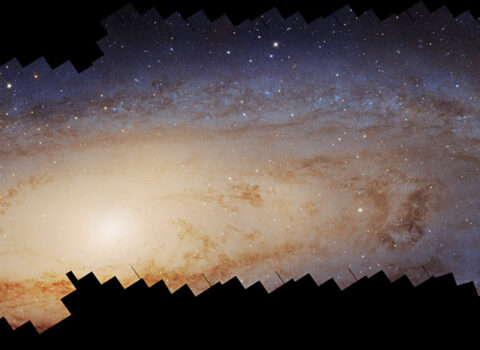
Andromeda Galaxy Mosaic 2025

Andromeda Galaxy Mosaic 2025
This is the largest photomosaic ever assembled from Hubble Space Telescope observations. It is a panoramic view of the neighboring Andromeda galaxy, located 2.5 million light-years away. It took over 10 years to make this vast and colorful portrait of the galaxy, requiring over 600 Hubble overlapping snapshots that were challenging to stitch together. The
NASA, ESA, Benjamin F. Williams (UWashington), Zhuo Chen (UWashington), L. Clifton Johnson (Northwestern)
- Science
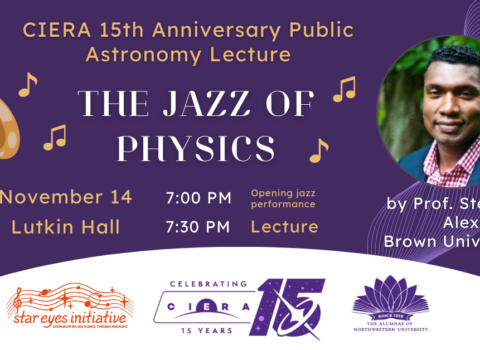
2024 CIERA public lecture – “The Jazz of Physics” with Stephon Alexander
2024 CIERA public lecture – “The Jazz of Physics” with Stephon Alexander
On November 14, over 300 people packed Northwestern University’s Lutkin Hall to join Professor Stephon Alexander in a celebration of The Jazz of Physics for CIERA’s 15th anniversary public lecture. Over 100 others joined the livestream for an evening that began with a live jazz performance from the Star Eyes Initiative, followed by Prof. Alexander’s public lecture, and concluded with a
- Interdisciplinary,
- Outreach,
- Event
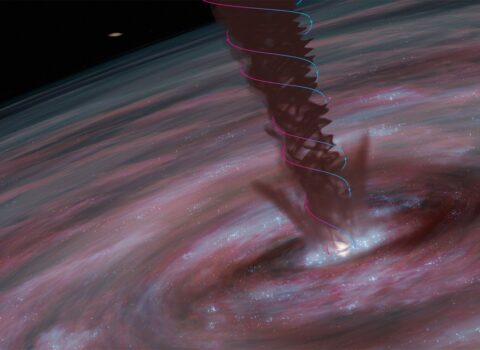
Dense, swirling winds help supermassive black holes grow
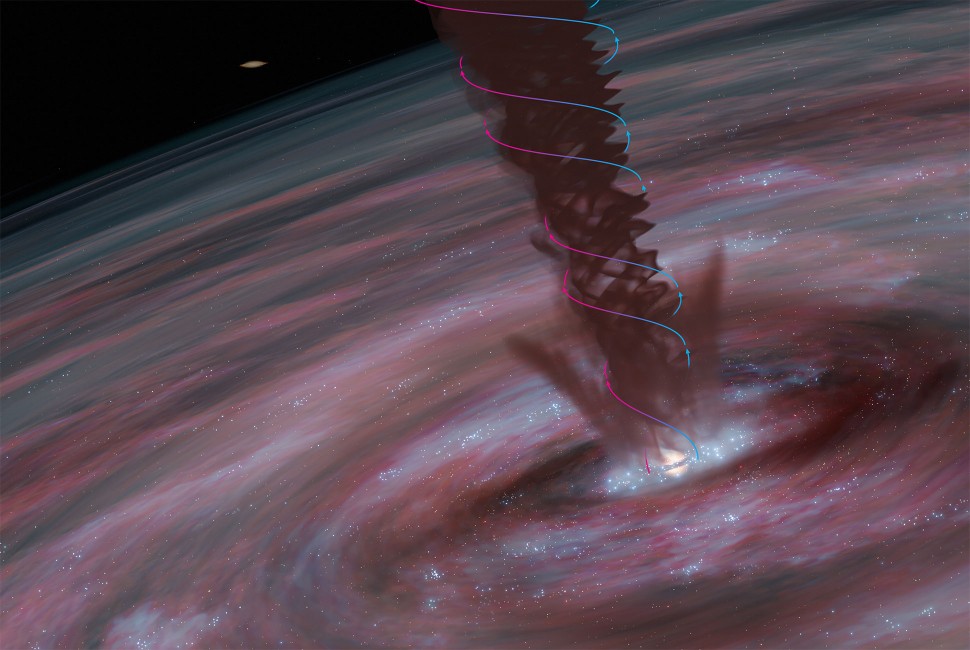
Dense, swirling winds help supermassive black holes grow
By studying nearby galaxy ESO320-G030, a team of international astronomers led by CIERA Postdoctoral Fellow Mark Gorski has discovered extremely dense and powerful rotating, magnetic winds help the galaxy’s central supermassive black hole grow. This image, created by CIERA Professor Aaron Geller, depicts this phenomenon. The process is strikingly similar to the birth of new
M. D. Gorski/Aaron M. Geller
- Science
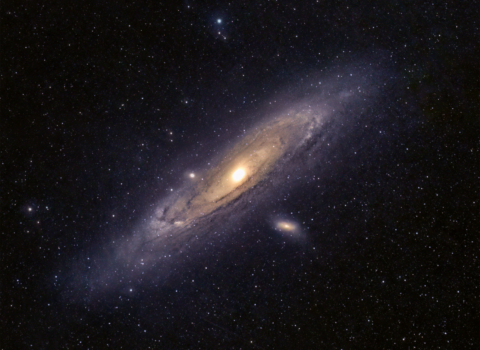
Andromeda in 5 minutes
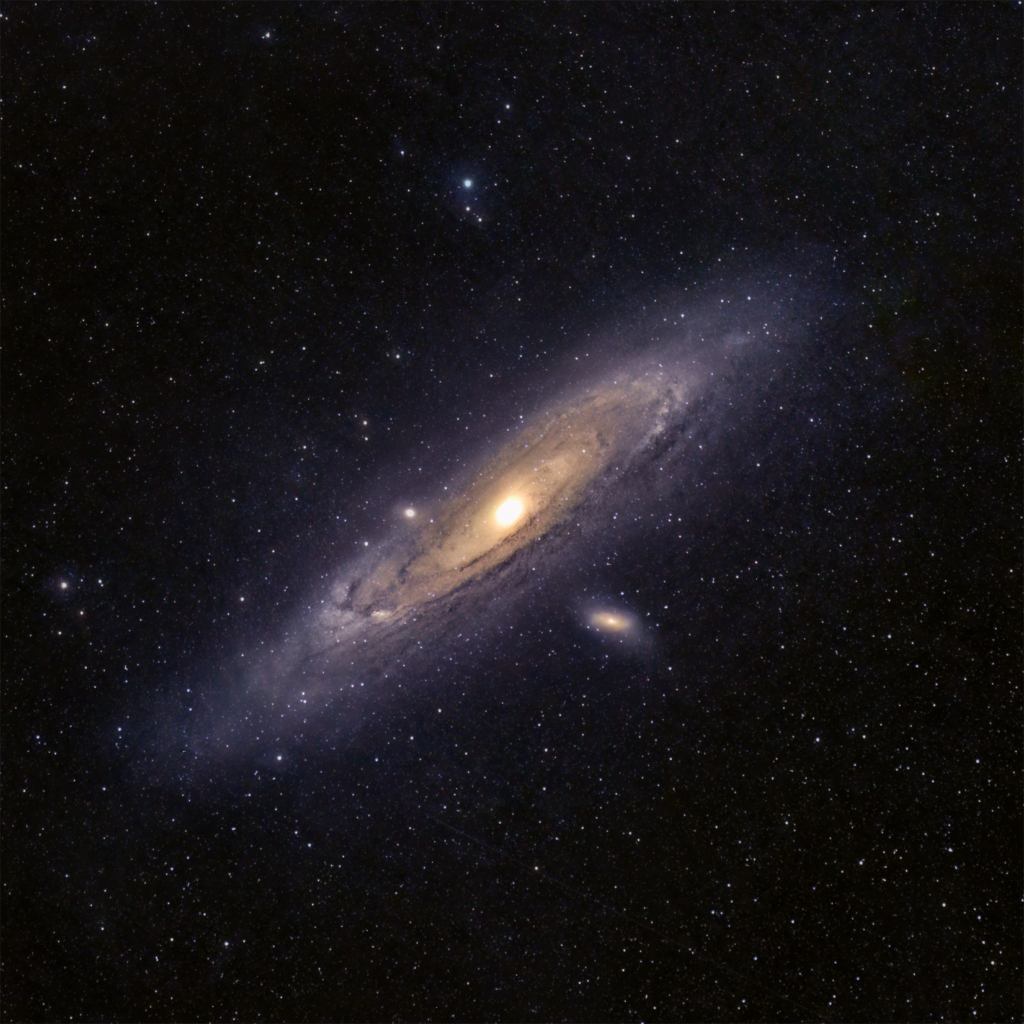
Andromeda in 5 minutes
This is a single photo of the Andromeda Galaxy (M31) taken by CIERA graduate student Imran Sultan from the darkest skies in America. Astrophotographers typically “stack” hundreds of photos together to reveal faint detail in images, but the sky here was so dark that just one five minute exposure was enough. Sultan shot the photo
Imran Sultan/Northwestern/CIERA
- Science
People
Core Faculty
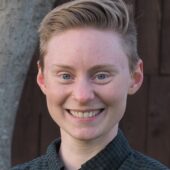



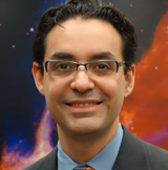
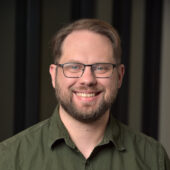

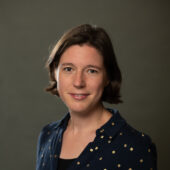


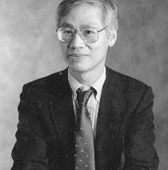
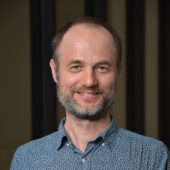

Associate Faculty
Postdocs

Yongseok Jo
SkAI Postdoctoral Fellow
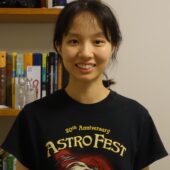


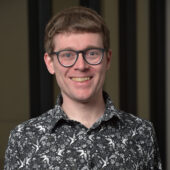

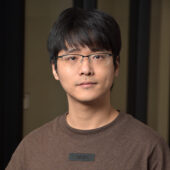

Graduate Students



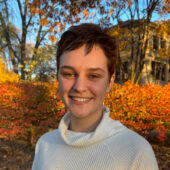
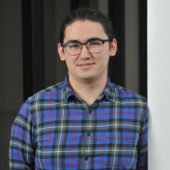
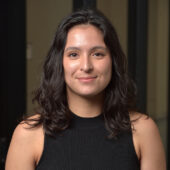



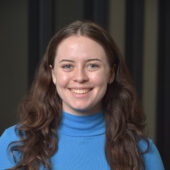

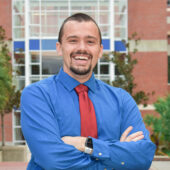
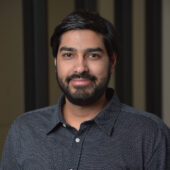

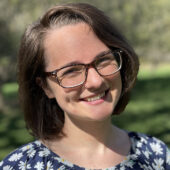
NU SkAI Personnel



Yongseok Jo
SkAI Postdoctoral Fellow





